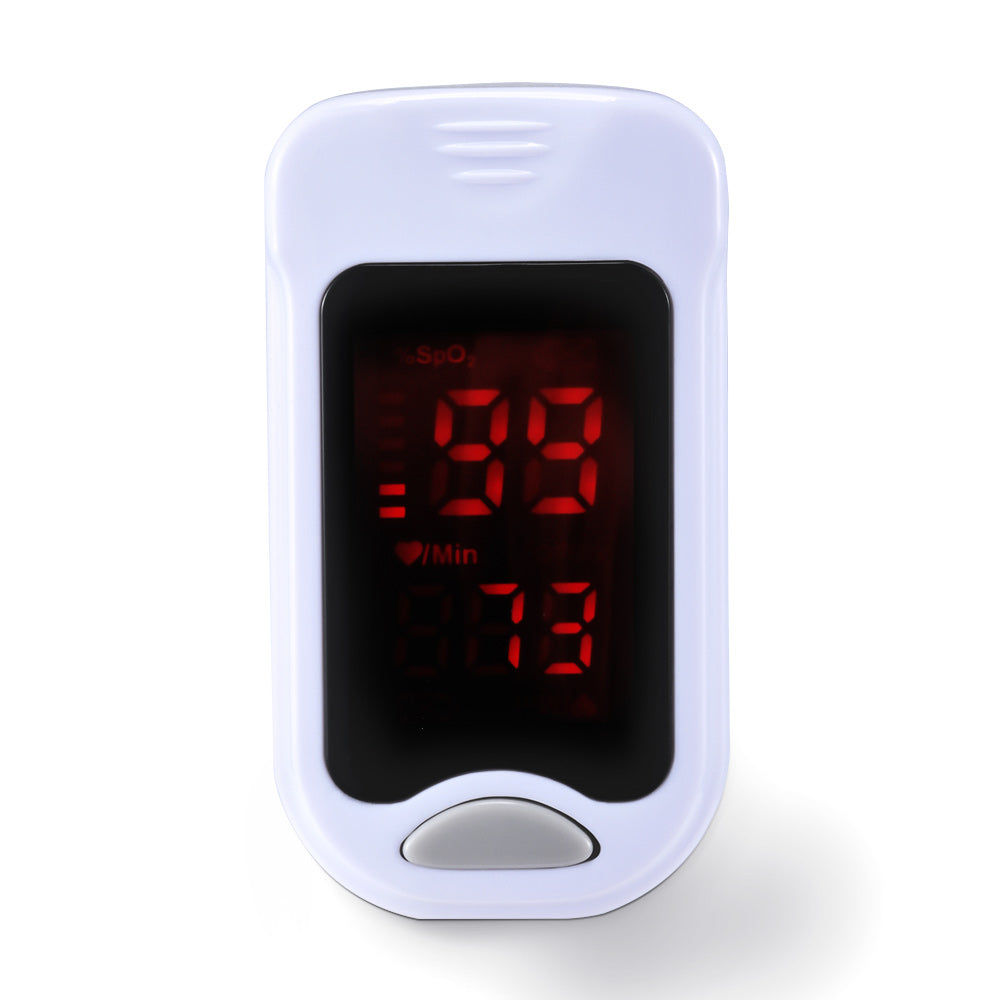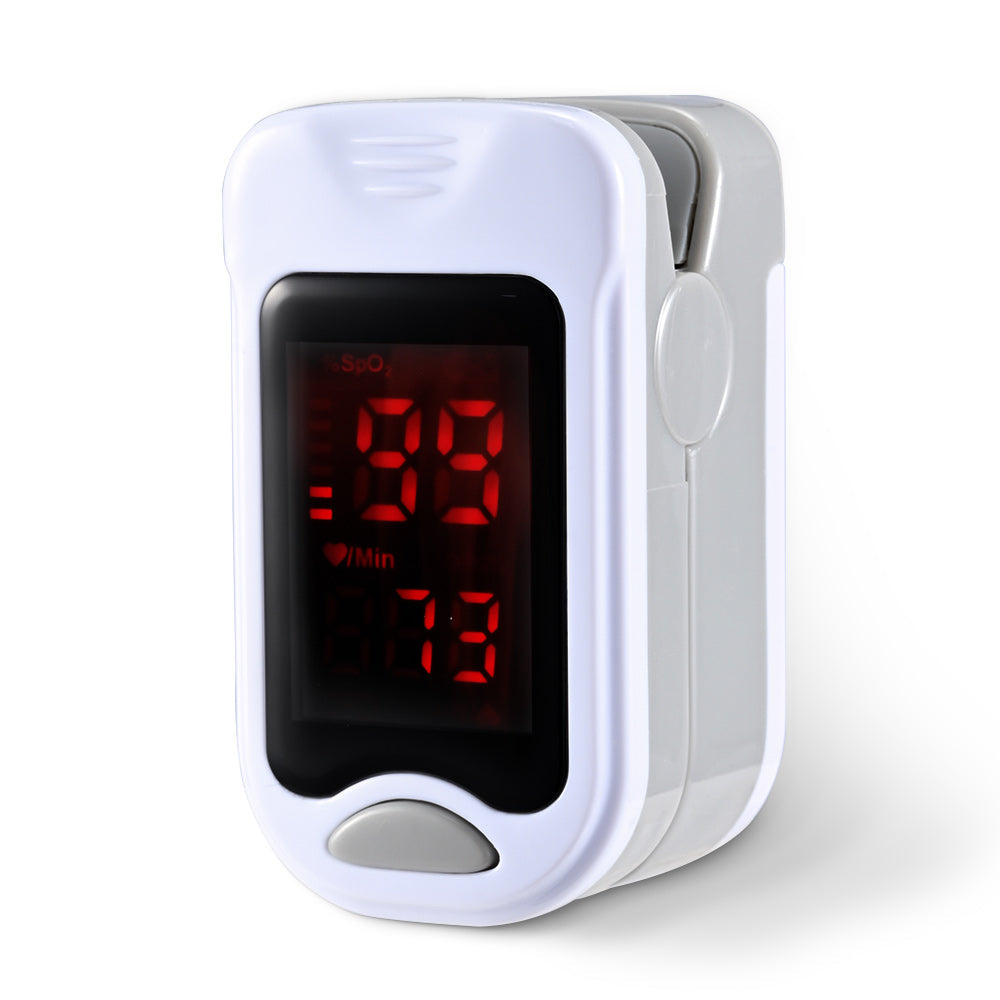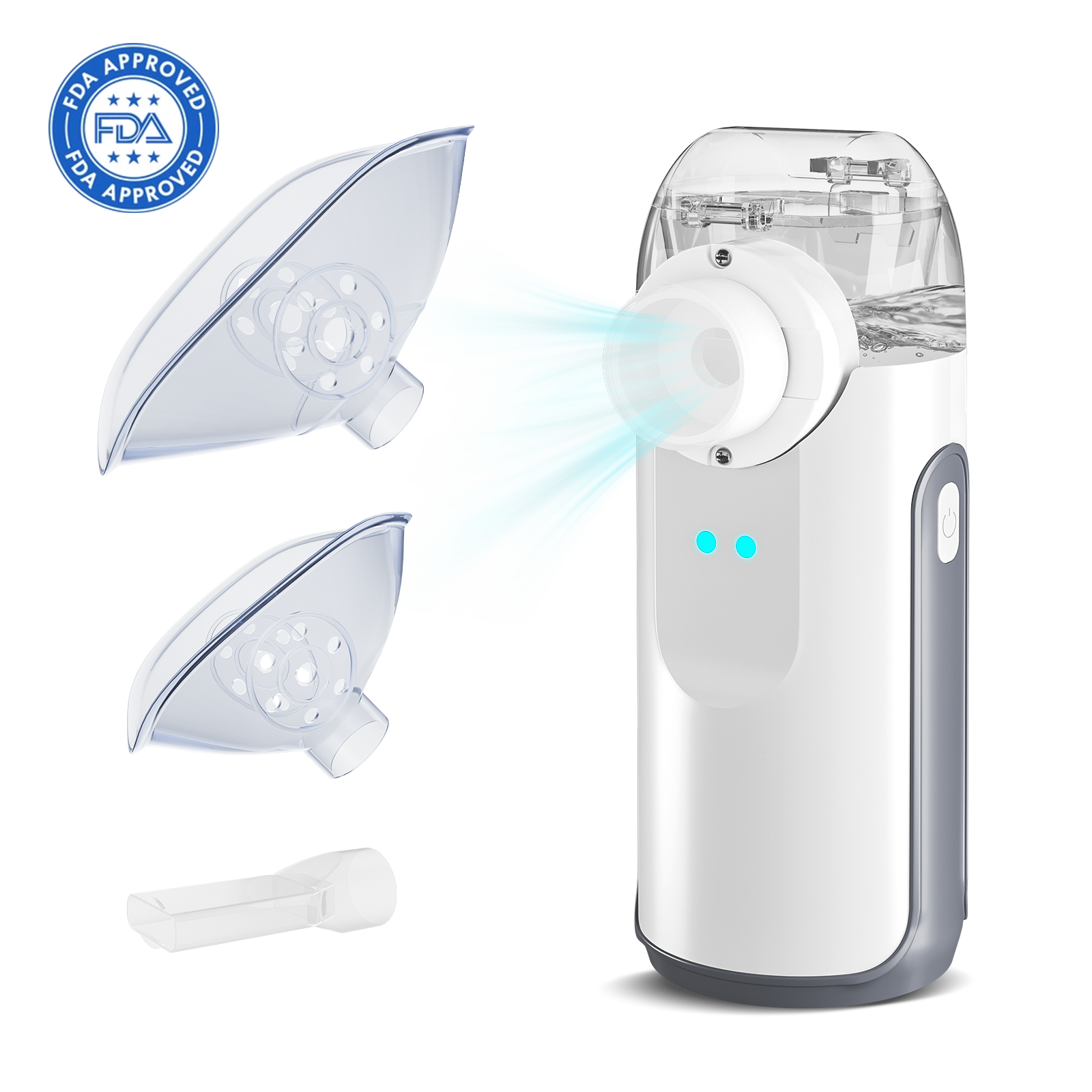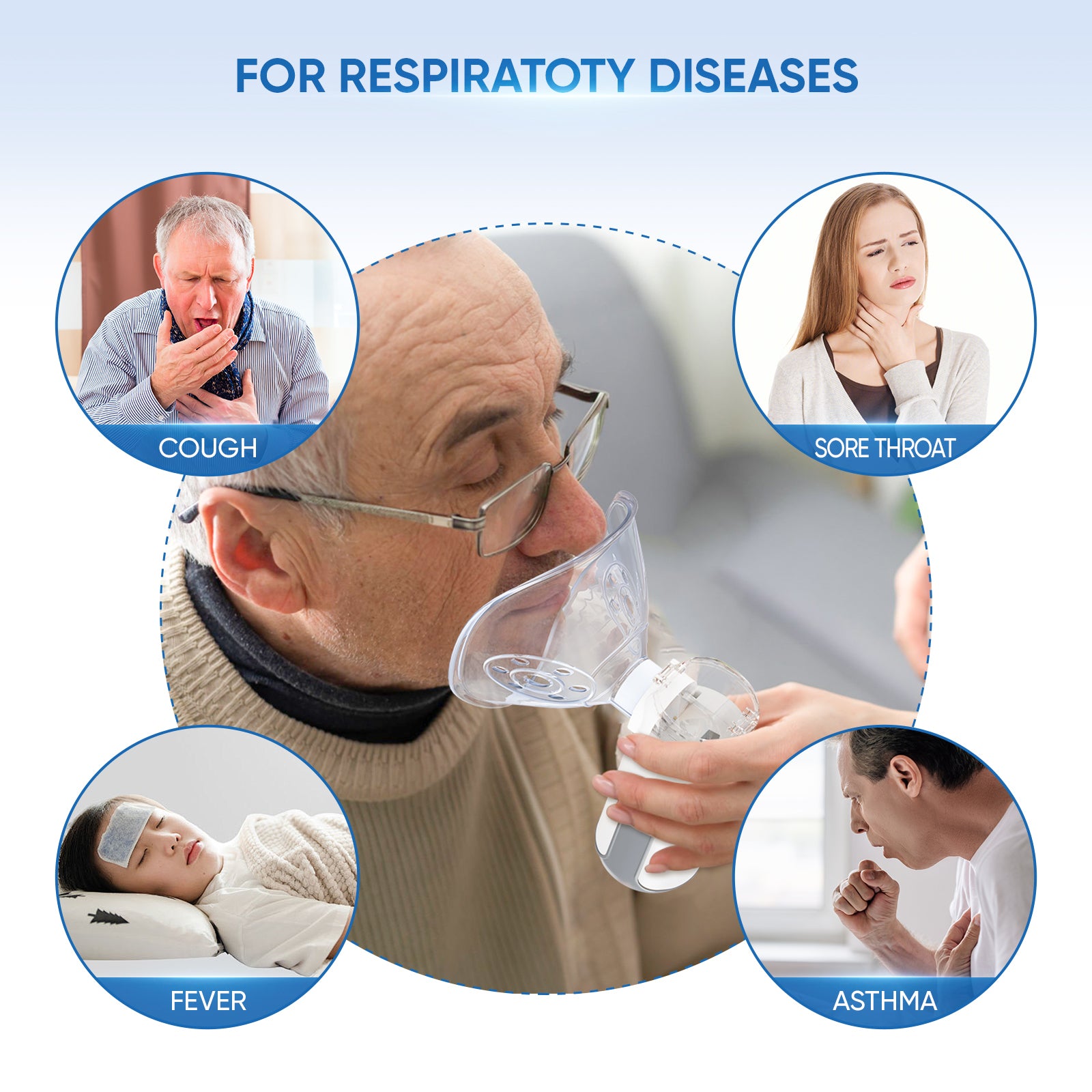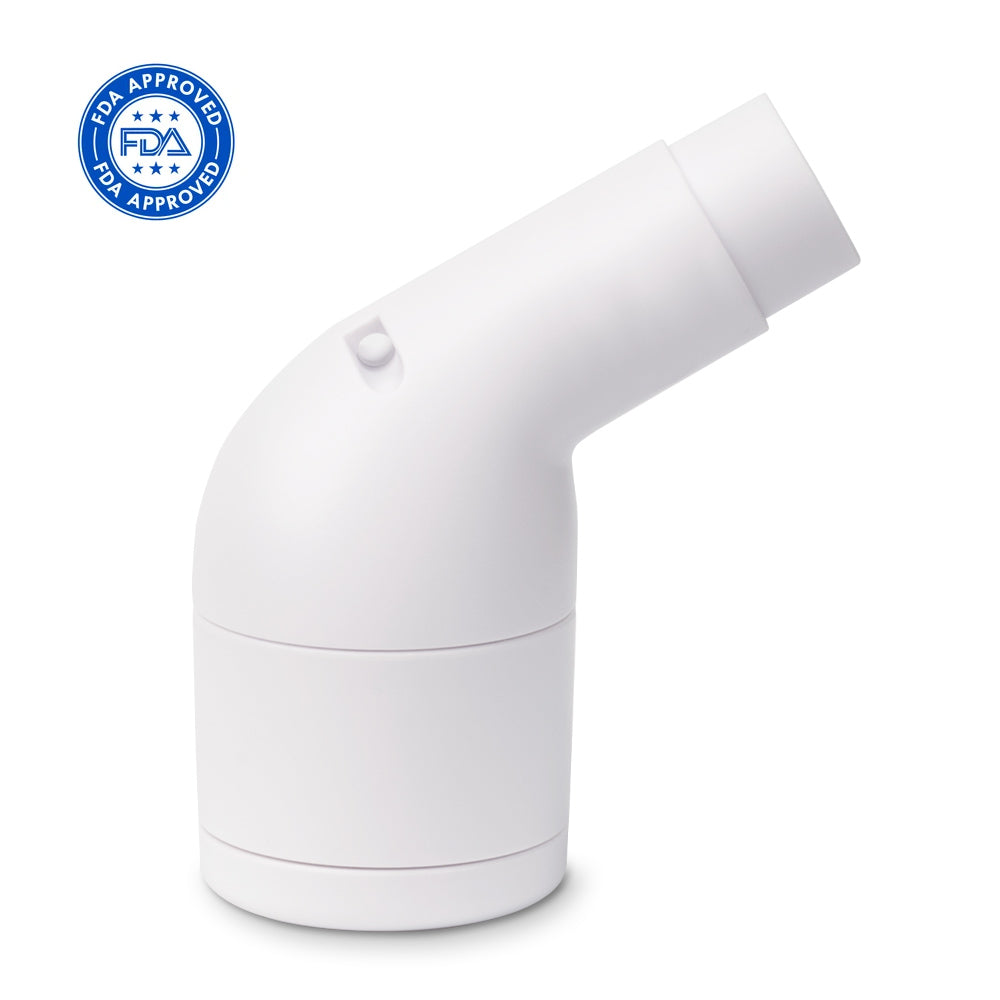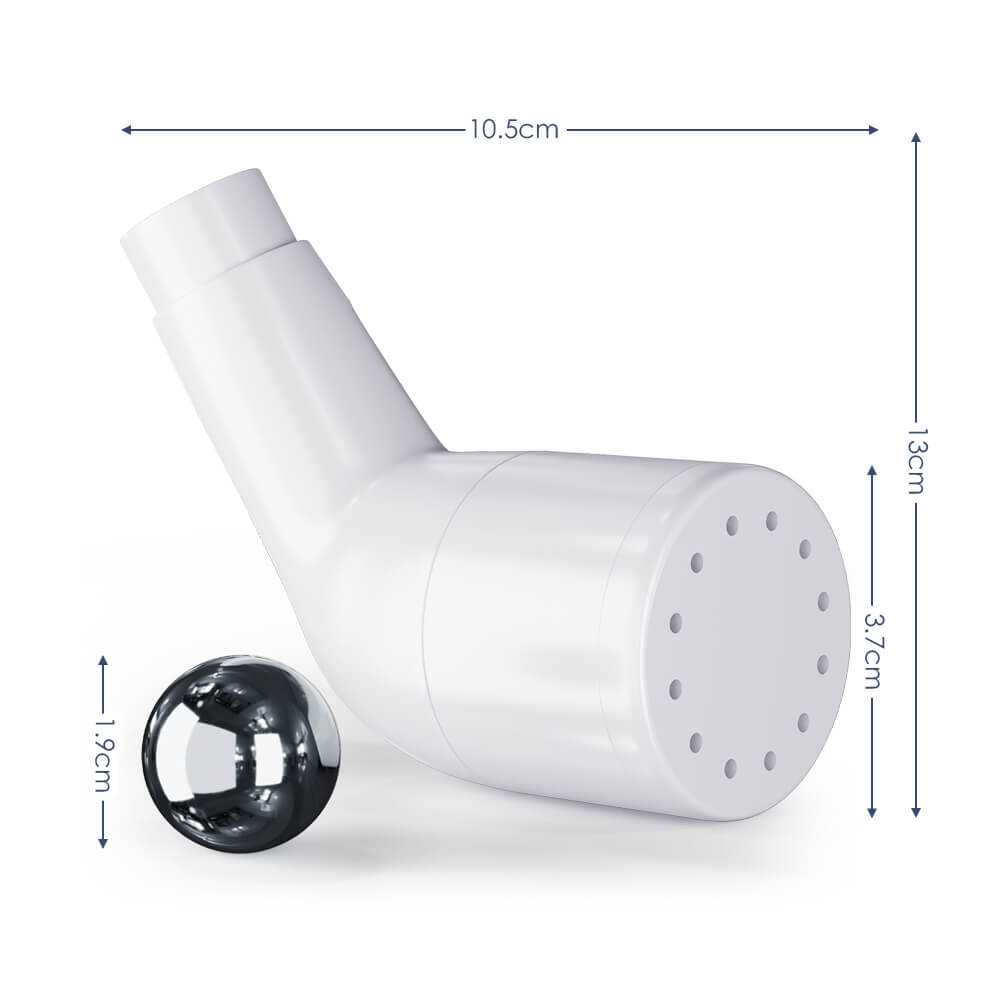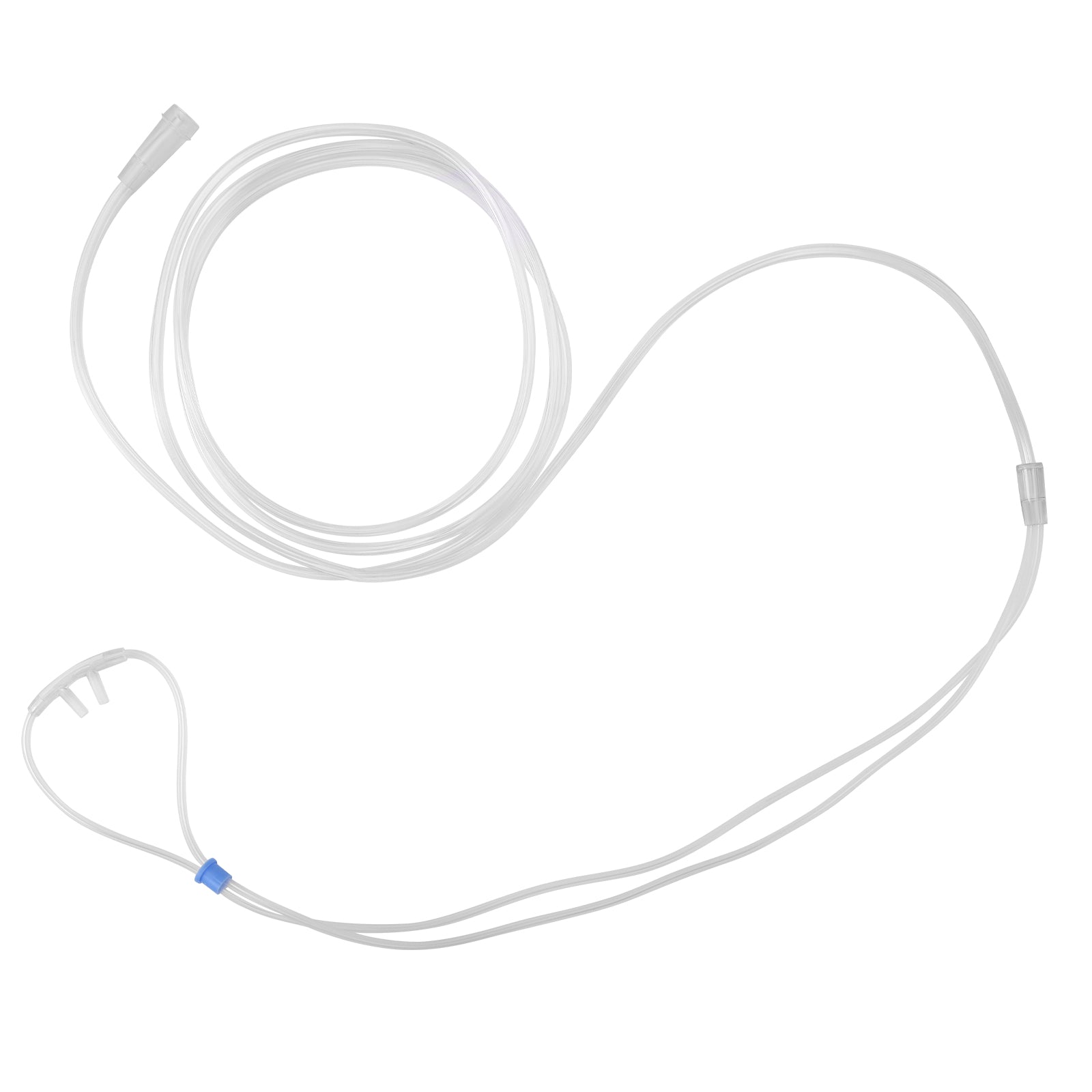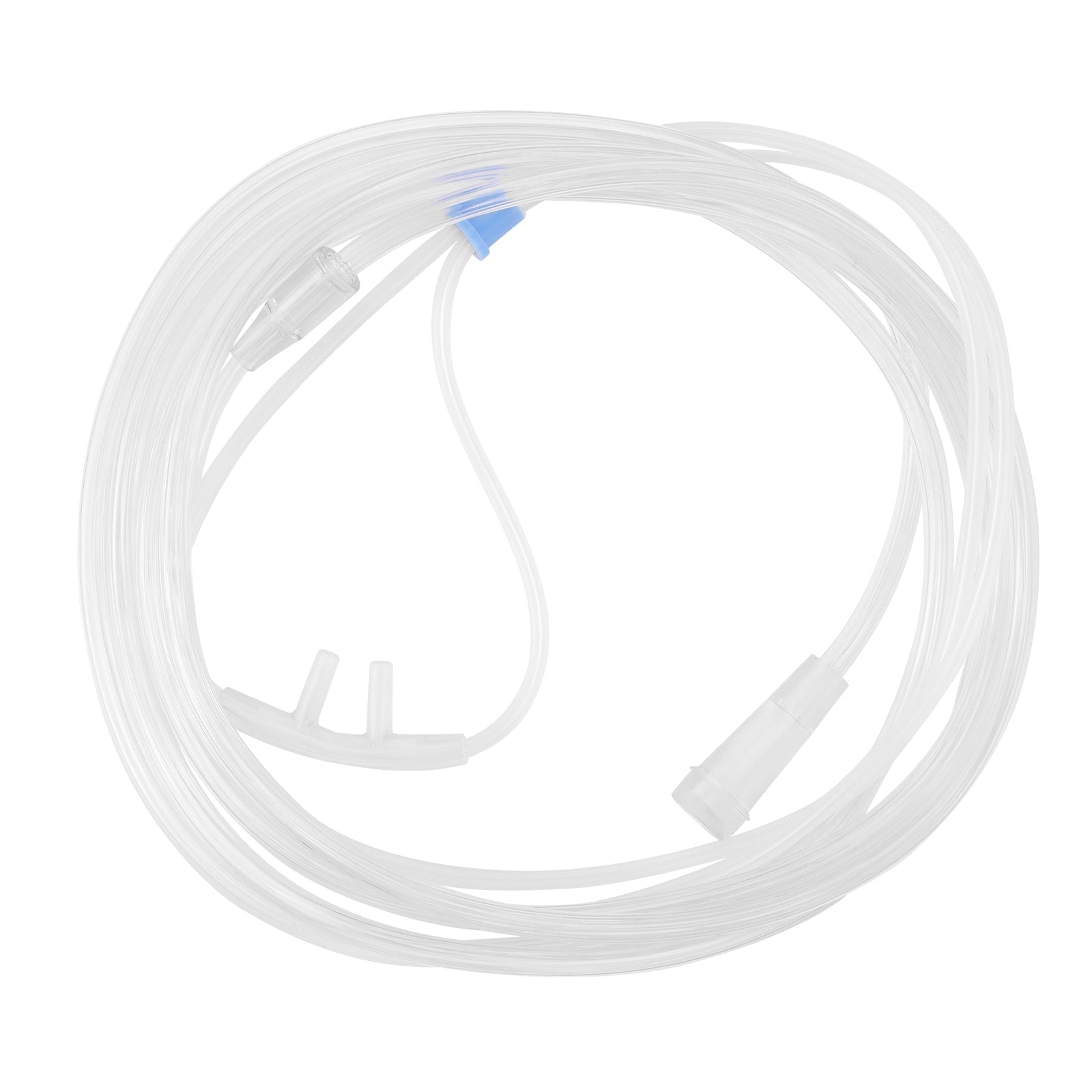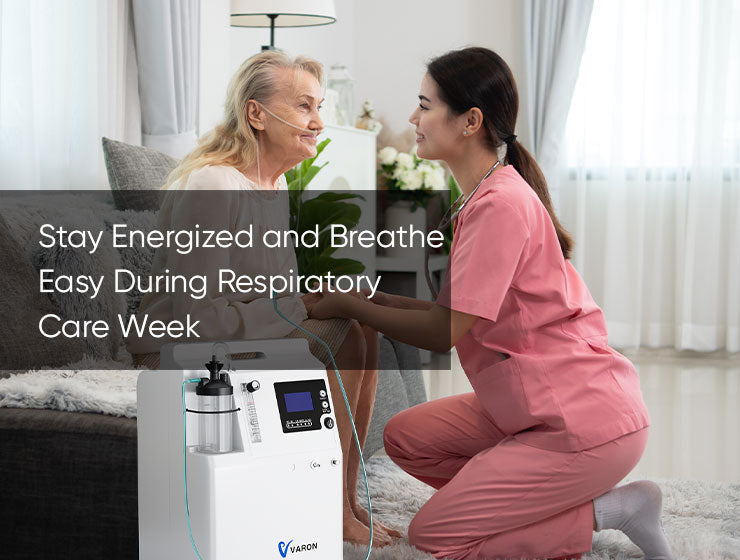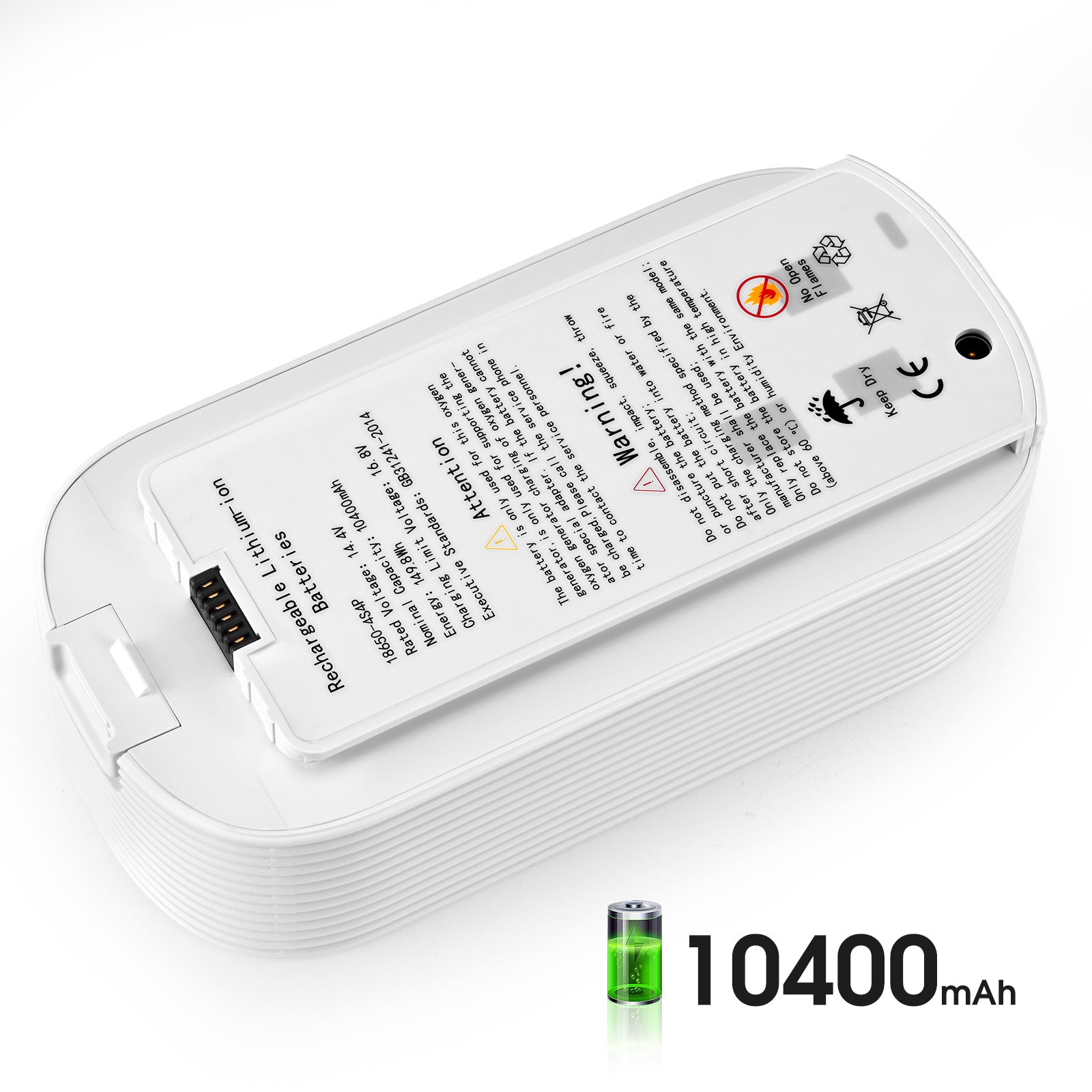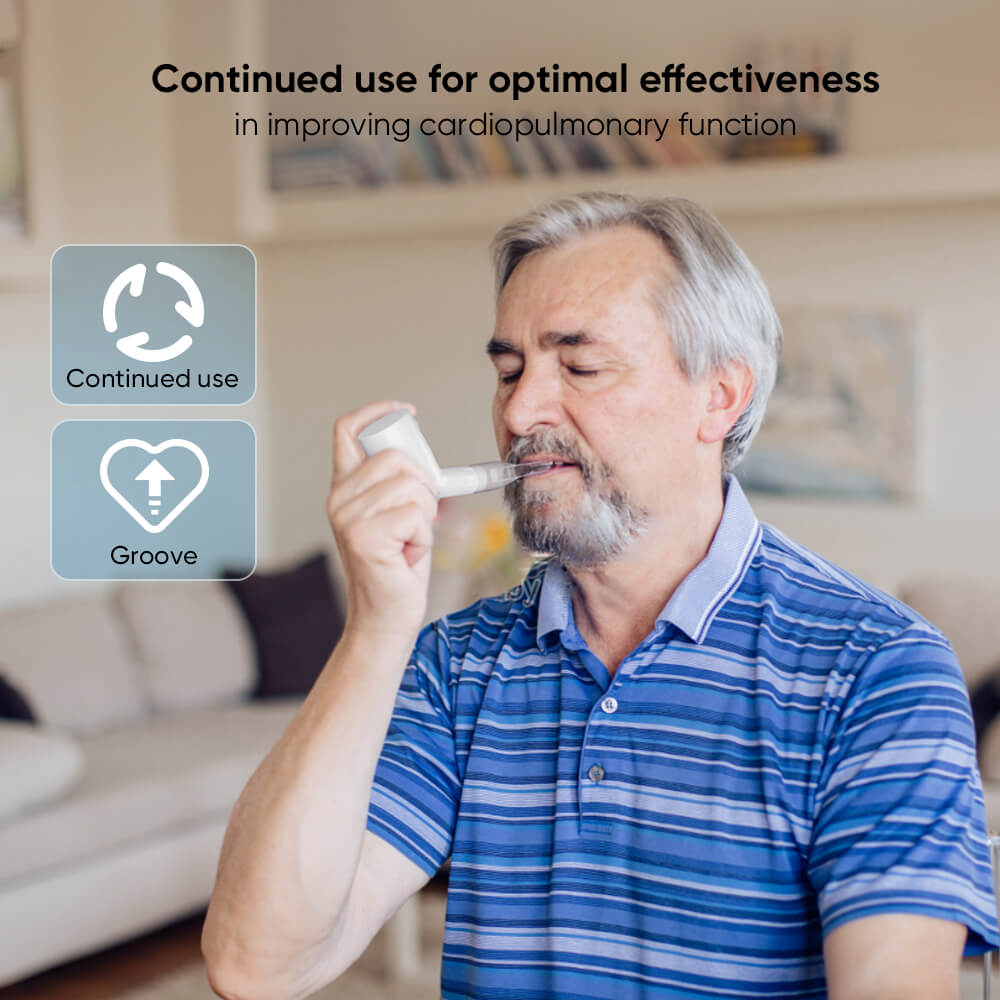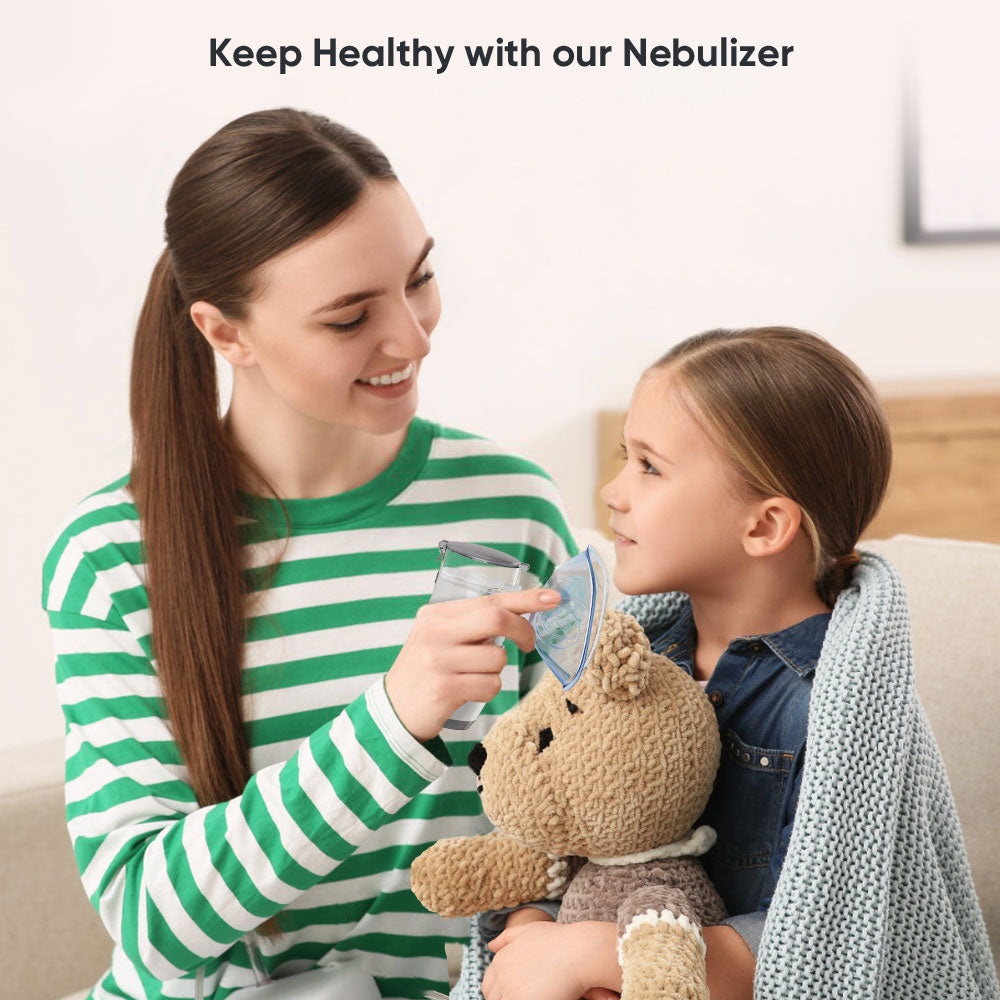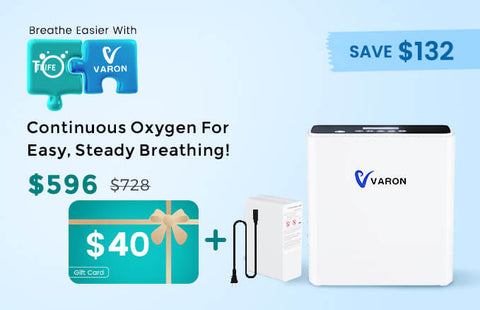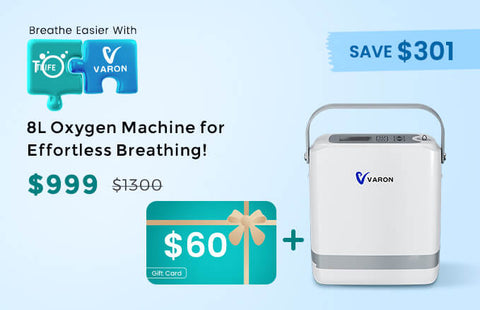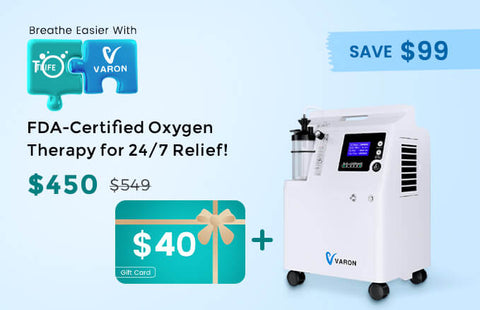What Is Pulmonary Rehabilitation?
Pulmonary rehabilitation, also called respiratory rehabilitation, is essential to managing the symptoms of chronic respiratory diseases. For patients experiencing decreased breathing efficacy or decreased function, pulmonary rehab can be especially helpful, allowing them to learn how to use exercise to help treat and reduce their symptoms. With the right education, pulmonary rehab helps improve the quality of life for people living with chronic respiratory disease, lung disease or COPD.
Pulmonary rehabilitation has been shown to provide numerous significant benefits, including:
- Improved survival
- Reduced hospitalizations and time hospitalized
- Improvement in respiratory muscle strength
- Improvement in arm strength and function
- Improvement in the feeling of breathlessness
- Improved exercise tolerance
- Reduction in depression and anxiety
- Better recovery after COPD exacerbation
- Better response to long-acting bronchodilators
- Improved overall strength
- Improved ability to participate in activities, work or social situations
How to Begin Pulmonary Rehabilitation
If you are living with COPD, lung disease or another chronic breathing condition, talk to your doctor about pulmonary rehabilitation. If they decide it is beneficial for you, a pulmonary rehabilitation team can guide you through the right steps and treatments. You will likely undergo tests like the exercise stress test, pulmonary function test or a six-minute walk test, to help your health care team ascertain where your rehab should begin. Measuring your breathing and exercise endurance provides a fuller picture of your respiratory health.
Under your health care providers’ care, you may be asked to do rehab exercises on your own. Whether you participate in pulmonary rehabilitation with medical assistance, or on your own under the advisement of your doctor, check in with your health care providers if anything becomes difficult or you experience problems.
What Is Included in Pulmonary Rehabilitation?
Pulmonary rehab typically incorporates several different therapies to help improve your overall health, breathing and understanding of your condition. Your rehab could last several weeks or months, depending on the severity of your symptoms. Pulmonary rehab therapies may include:
- Counseling: You may receive nutritional counseling to learn what foods offer the right nutritional balance. You may also receive mental health counseling to navigate anxiety, depression, stress or other emotional struggles associated with chronic disease.
- Education: Education about your condition helps you learn how to manage your symptoms and prevent complications like COPD exacerbation. You can learn how your rehab can benefit your health and how to rest when necessary. If you smoke, you can get help quitting.
- Exercise: Breathing and physical exercises help improve your strength and endurance, so you breathe more effectively for improved stamina and flexibility.
- Medication or Oxygen Therapy: Your health care team may recommend the use of bronchodilators or other medicines that help open your airways. They may also recommend the use of oxygen therapy during exercise.
Your health care providers will help you decide which therapies are right for you.
4 Exercises to Try for Your Pulmonary Rehabilitation
Your health care team will help you choose which exercises are best for you. However, the following exercises are common for improving your stamina, breathing and circulation. Since you may need simultaneous oxygen treatments, look into small portable oxygen concentrators in our store.
-
The Huff-Cough Technique
Coughing is essential for clearing mucus, but it can be exhausting. This technique helps patients learn to cough more effectively without feeling worse afterward.
-
- Sit with your chin tilted slightly up and breathe deeply into your diaphragm with your mouth open
- Breathe normally, holding a final breath for 2 to 3 seconds
- Tighten your abdominal muscles and chest muscles, then exhale forcefully but slowly through your open mouth making a “huff” sound
- Repeat twice, then follow with a single strong cough to fully clear mucus in your larger airways
- Repeat full cycle 4 to 5 times to fully clear your airways
-
Walking
Walking is extremely beneficial because it improves circulation, oxygenation, endurance and blood pressure while decreasing your resting heart rate and reducing stress, anxiety and depression. Start by walking as far as you can each day without feeling breathless. Practice deep breathing while you walk and rest when necessary—that way, you can slowly build your stamina over time. -
Strength Training
Strength training helps improve overall skeletal muscle strength, stamina and quality of life. Try incorporating bicep curls and shoulder presses with small hand weights to build upper body strength, as well as knee extensions or leg lifts to build lower limb strength. Remember to breathe deeply during strength training and stop if you run out of breath. -
Stretching
Stretching is essential for warming up, cooling down and improving flexibility. Try raising your arms while breathing in, stretching your fingers to the ceiling, then lowering them slowly as you breathe out, finally stretching your fingers to the floor. Stretch your upper body by sitting in a straight-backed chair, breathing in and gently rotating your trunk from side to side while breathing out. Repeat on the other side.


